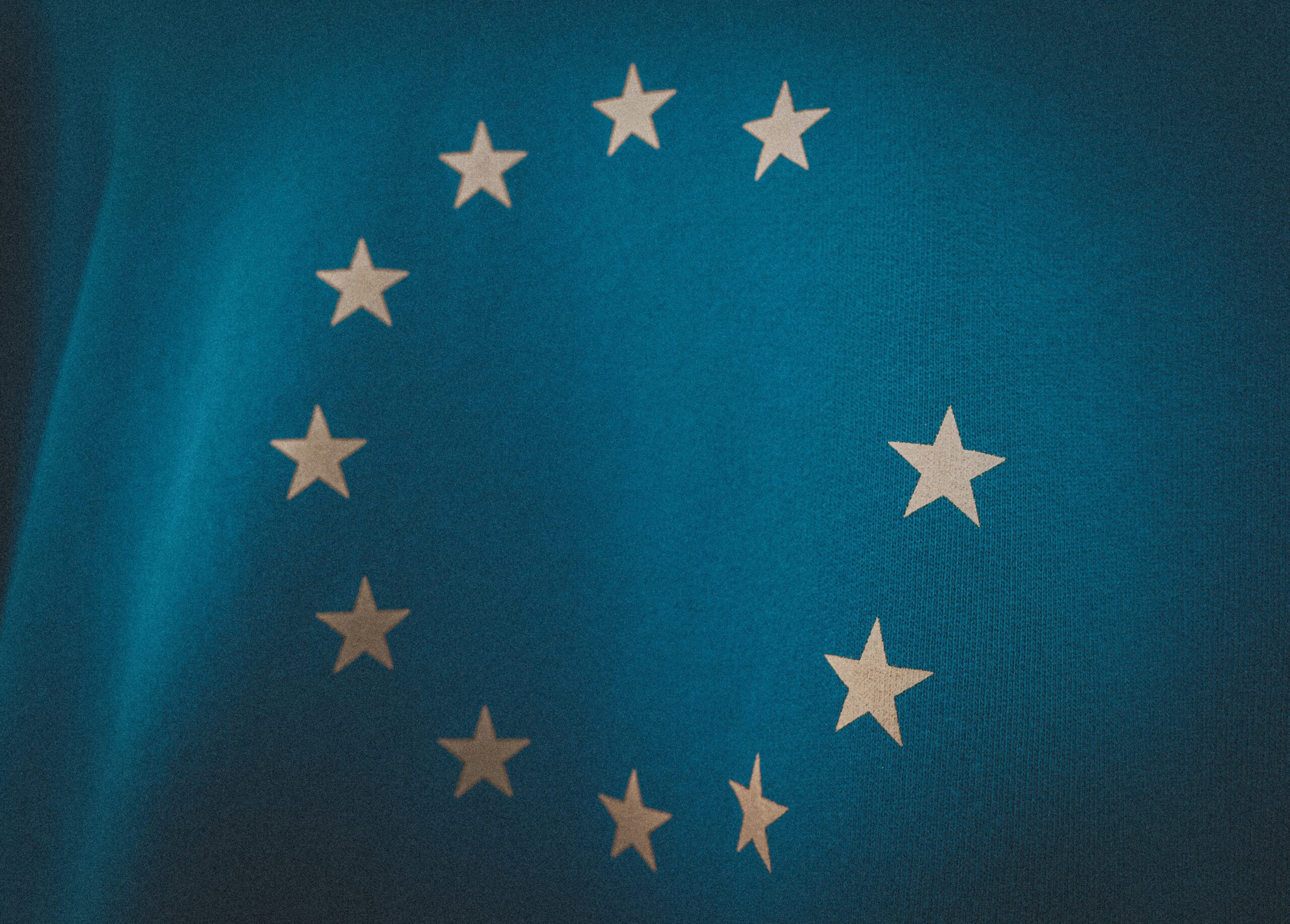The EU Deforestation Regulation (EUDR) is already in motion, and if your business works with commodities like timber, cocoa, soy, or leather, you’re going to be affected. But the regulation isn’t a one-shot deal. It’s unfolding in phases, with key deadlines, evolving systems, and plenty of moving parts. Knowing what’s coming and when can mean the difference between smooth onboarding and scrambling to avoid non-compliance penalties.
This article lays out the full EUDR timeline in plain language. No fluff, no filler. Just a clear roadmap of how the regulation is being rolled out, what businesses need to do at each stage, and how to prepare for what’s still ahead.
Why the EUDR Timeline Matters
This isn’t just about staying informed. The timeline defines when businesses must comply, when tools and guidance will be available, and when enforcement really kicks in. Miss a milestone, and you’re at risk of blocked shipments, fines, or reputational damage.
The EUDR is designed to phase in requirements gradually, depending on company size. Large and medium enterprises face a December 2025 deadline, while small and micro enterprises have until June 2026. But getting ready isn’t something you can cram for last minute. The timeline matters because preparation takes time, especially when you need to gather geolocation data from suppliers halfway across the world.
Early Foundations: 2020 to 2022
The regulation didn’t appear out of thin air. Its roots go back to a growing concern within the EU about the role of imported products in driving deforestation abroad.
Here’s a quick recap of how it all started:
- June 2020: The European Commission released a roadmap inviting feedback on a proposal to tackle imported deforestation. This marked the first public step toward what would become the EUDR.
- December 2020: A public consultation drew input from over a million EU citizens, with strong support for regulation. A parallel study confirmed that Europeans saw deforestation as a major threat, especially tied to products like palm oil, soy, and beef.
- October 2021: The draft regulation was published, expanding beyond the EU Timber Regulation (EUTR) to include more commodities and a broader scope. The cut-off date for acceptable deforestation was set at December 31, 2020.
From that point, things moved quickly.
- December 2022: The final regulation was formally adopted after negotiations. It included tough traceability requirements, due diligence obligations, and a unified framework for all EU member states.
Regulation Comes Into Force: June 2023
Although the EUDR was adopted in 2022, it officially came into force on June 29, 2023. That marked the legal start of the regulation, but not the start of enforcement.
For most companies, this period was the calm before the storm. The regulation was real, but enforcement would come later. Still, this time was meant for preparation.

Building the Framework: Late 2023 to Mid-2024
Once the regulation was in effect, the focus shifted to building the tools and guidance businesses would need to comply.
- December 2023: The EU launched the Observatory on Deforestation and Forest Degradation, a public platform offering forest data to support risk assessments.
- Industry groups like FEFAC and FEDIOL began publishing their own guidelines to fill gaps while awaiting official EU guidance.
- March 2024: Work on the EUDR Information System began to speed up. This is the central EU platform where companies will submit their Due Diligence Statements (DDS).
Then, as summer rolled around:
- June 2024: The EU started publishing early guidance for tricky commodities like rubber and timber. This included definitions around agroforestry and legality checks.
- A draft of the country benchmarking methodology was also in development. This tool will rank countries by deforestation risk (low, standard, or high) and influence how much due diligence is needed.
The Technical Phase: Q3 and Q4 of 2024
This part of the timeline was all about getting the systems and definitions locked in.
- July 2024: The EU released additional draft guidelines for rubber, timber, and mixed products. These were important because they clarified how to deal with complex supply chains and legal compliance.
- December 2023 to January 2024: Pilot testing of the Information System began. More than 100 companies participated to help iron out the technical issues.
- May 2025: A new batch of over 40 FAQs was published, addressing everything from traceability requirements to DDS formatting.
Two major milestones hit in the final months of the year:
- November 2024: The EUDR Information System opened for test registrations.
- December 2024: Full system launch. Businesses could now officially upload and manage their due diligence statements online.
Major Deadlines Shift: 12-Month Extension Announced
Here’s where things took a turn. Initially, large companies were supposed to be compliant by December 2024. But concerns over readiness triggered a change.
In October 2024, the European Commission proposed a 12-month extension. That shifted the deadlines to:
- 30. prosince 2025: New compliance deadline for large and medium companies
- 30. června 2026: Deadline for small and micro enterprises
This extra time was framed as a chance for businesses to get it right, not a reason to delay preparations. With complex supply chains and global sourcing involved, the additional year was more of a buffer than a breather.
What to Do in 2025: Make-or-Break Preparation Phase
If you’re a large or medium business, 2025 is your crunch time. Everything needs to be in place by the end of the year. Here’s what that looks like in practice:
Key Tasks for 2025
- Complete product inventory mapping: Match every commodity to its relevant CN/HS code and check if it falls under the scope of EUDR.
- Onboard all suppliers: Especially those at the origin level (e.g. farms, mills). Get geolocation data, proof of legality, and traceability documents.
- Select and implement your compliance system: This can be internal software or a third-party tool. Just make sure it can store and organize GPS coordinates, risk assessments, and DDS files.
- Train internal teams: Procurement, logistics, and sustainability staff need to understand the submission workflow.
Run a trial DDS submission: Use the TRACES training environment to simulate submitting a real due diligence statement. It’ll help you find gaps before it’s too late. - Finalize risk mitigation plans: If any regions or suppliers pose a high deforestation risk, you need backup documentation or third-party verification ready.

How We Help at EUDR Compliance
Na adrese Soulad s EUDR, we work with companies like yours to simplify and speed up the compliance process. The regulation is complex, but your approach doesn’t have to be. Our platform uses satellite-based monitoring and automated data processing to help you keep track of what really matters: the origin and legality of your products.
We focus on helping you:
- Monitor sourcing areas with reliable deforestation analysis
- Organize supply chain data in one place
- Generate clean, audit-ready reports
- Stay on top of deadlines and requirements with zero guesswork
We’ve built our tools around the core EUDR commodities: coffee, cocoa, timber, rubber, soy, palm oil, and cattle. Whether you’re dealing with raw materials or derived goods like leather, paper, or chocolate, we help you match every product to its source, track it down to the plot, and prove it’s clean.
Need help understanding the reversed burden of proof? Not sure how to handle substantiated concerns from enforcement authorities? We walk you through all of it.
The First Big Deadline: December 30, 2025
On this date, the EUDR becomes real for large and medium companies. Every in-scope product placed on the EU market after this date must be accompanied by a DDS. No statement, no shipment.
You don’t have to submit DDSs before this deadline, but you do have to be ready to generate them instantly once it hits. That means having:
- All documentation in one place
- Clear SOPs for every department involved
- A working system that can create DDS references for customs declarations
Some companies may even choose to pause shipments around the deadline to avoid complications during the transition.
SMEs: Your Timeline Starts in 2026
Small and micro enterprises get a bit more breathing room. Their EUDR deadline is June 30, 2026, but that doesn’t mean they can start from scratch in May.
If you’re an SME, here’s your roadmap:
- Start early: Begin by Q1 2026 at the latest. Same steps as larger firms, just with a slightly different pace.
- Use simplifications: If you’re receiving products that already have a DDS, you don’t have to redo it. Just reference the existing one.
- Prioritize high-risk supply chains: Focus your attention on products from countries likely to be classified as high risk.
- Leverage industry tools: Use templates, checklists, and software made specifically for small businesses.
What Happens After 2026?
Once you’re compliant, the job isn’t over. The EUDR is designed for ongoing due diligence, not one-and-done reporting.
Ongoing tasks include:
- Regular supplier monitoring
- Annual audits of your DDS process
- Staying updated on legal changes
- Adapting to new country risk classifications
- Updating geolocation data when suppliers change plots or expand

Looking Ahead: 2028 Review and Beyond
The European Commission has committed to a formal review of the regulation in 2028. This review will look at:
- How the EUDR is working in practice
- Whether it’s impacting smallholders or communities
- The effectiveness of the Information System and country benchmarking
- If the scope should expand to cover new products or sectors
There’s also the matter of the EU Timber Regulation (EUTR), which is being phased out. EUTR will be officially repealed on December 31, 2027. Until then, products made from wood harvested before June 2023 can still comply under EUTR rules, but only if they hit the market before that date.
Final Thoughts
If you’re waiting for the perfect moment to start preparing, it already passed. The EUDR timeline is moving fast, and the most successful companies are the ones already testing systems, mapping supply chains, and onboarding suppliers.
Deadlines are just the visible part of the regulation. What matters more is being ready before they hit. You don’t want to find out your supplier can’t provide GPS coordinates two weeks before a shipment is due at customs.
The good news? You’ve still got time to prepare. Use it wisely.
ČASTO KLADENÉ DOTAZY
When exactly do companies need to be EUDR compliant?
That depends on your size. Large and medium-sized companies must comply by December 30, 2025. If you’re a small or micro business, your deadline is June 30, 2026. That might sound far off, but don’t let the dates fool you – getting the data, onboarding suppliers, and setting up systems takes time.
What’s the difference between “in force” and “compliance deadline”?
The EUDR has been in force since June 29, 2023. That means it’s legally real and active, but enforcement happens in stages. So while the law technically started in 2023, the clock for enforcement starts ticking in late 2025 for larger companies and mid-2026 for smaller ones. You’re expected to use the time in between to prepare.
Is the December 2025 deadline still firm, or could it shift again?
As of now, that’s the final date. There was already a 12-month extension announced in late 2024 due to readiness concerns across industries. The European Commission framed that as a one-time adjustment, not something to count on repeating. Bottom line: don’t bank on more delays.
Can I just copy a supplier’s DDS, or do I need to do my own?
If your upstream supplier already created a Due Diligence Statement for the product and you’re not altering or combining it, you can reference that same DDS. That’s one of the simplifications built in for small and mid-sized operators. Still, you’re responsible for keeping track of those reference numbers and being able to produce them on request.


